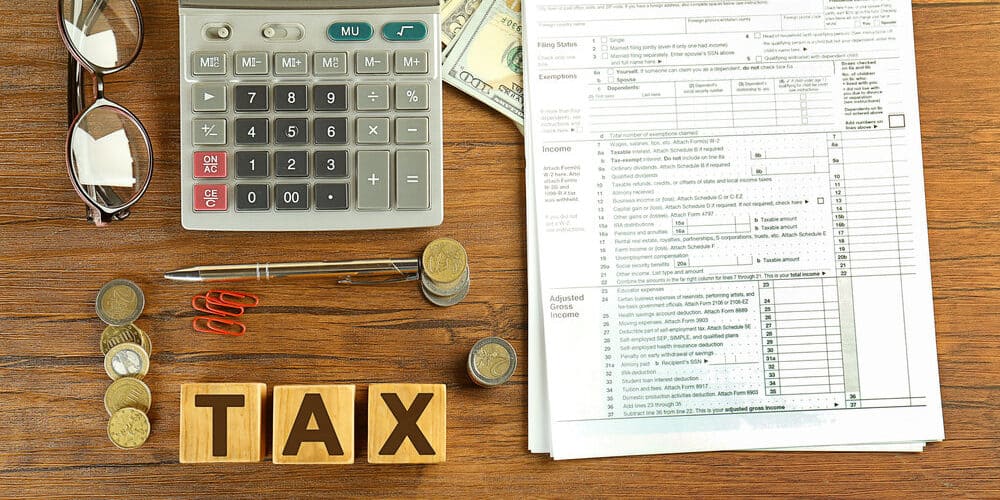
BY
|
Business Car Expenses Explained
Business owners are always looking for ways to save money, and one great way to do so is by claiming motor vehicle expenses. Unfortunately, many business owners overlook the benefits of claiming the cost of running a vehicle as part of a broader strategy to reduce taxable income.
This article will explain when you can claim a deduction and what methods you need to use to claim them. For example, businesses can claim the cost of cars, trucks, vans, and motorcycles used for business purposes. They can also claim the cost of leasing or financing a vehicle, as well as the cost of fuel, oil, and repairs.
By taking advantage of these deductions related to ATO car expenses, businesses can save a significant amount of money on their taxes.
Here’s what you need to know.
How to Go About Claiming ATO Car Expenses for Your Business
Contrary to popular belief, claiming motor vehicle expenses for your business is a relatively straightforward process. You just need to know how to claim them, and you’re good to go. According to the Australian Tax Office (ATO), how you calculate your claim is dependent on a few different factors, including:
- the type of motor vehicle you drive
- how you’ve chosen to structure your business; and
- whether or not you use the car for business and private purposes.

How Does the Type of Motor Vehicle Impact the Claim for Work-Related Car Expenses?
The ATO defines the type of motor vehicle you drive according to two categories for tax deduction purposes: a car or “other vehicle”.
Cars are vehicles designed to carry fewer than nine passengers at a time and can withstand a total load of less than one tonne. As a result, the category is fairly broad and will include a four-wheel-drive car and some utes.
In terms of “other vehicles”, this category includes minivans (with a carrying capacity of nine or more passengers), motorcycles, and utes (or panel vans) designed to withstand a load heavier than one tonne.
Claiming Motor Vehicle Expenses Based on the Structure of Your Business
One of the determining factors when it comes to calculating your ATO car expenses deduction is your business structure. So it’s important to understand both your entitlements and obligations in terms of your business structure before submitting your claim.
Sole Traders and Partnerships
When you operate your business as a sole trader or within a partnership, your car expense claims will depend on the type of vehicle you drive and how you make use of that vehicle. For example, the ATO will only allow you to claim a full business tax deduction if you use the motor vehicle as part of your daily work operations, such as driving to and from clients or between your different office buildings or warehouses.
If you use the vehicle to carry out your daily business operations and run private errands (such as fetching the kids from school or grocery shopping), you must exclude private use trips from your claim. The general rule of thumb is any travel from a workplace to another workplace is considered work related travel. Travel from home to work and work to home is considered to be private in nature.
As a sole trader or a partner in a partnership, you can choose between two different calculation methods to establish how much you can claim on your annual tax return for any vehicle under the car category: the cents per kilometre method or the logbook method.
You can only submit a claim based on actual costs for utes, motorcycles, and minivans that fall under the “other vehicle” category. In other words, the cents per kilometre and logbook method won’t apply. You must submit receipts for each expense you incur and track when you use the vehicle for business or private purposes.
How to Calculate Your Claim Using the Cents Per Kilometre Method
If you choose to use the cents per kilometre method when claiming car expenses, you’ll have to limit your claim to 5,000 km per income year per vehicle (where you have more than one car) that you use to carry out your daily business operations. The current rate is 78 cents per kilometre, but this is generally adjusted each financial year, so you’ll need to double-check the ATO website for the appropriate amount.
While this is the most straightforward method of the two, it’s worth noting that if you opt to calculate your claim this way, the cents per kilometre amount takes into account all your expenses, including depreciation. So, you won’t be allowed to submit a separate claim for any of the following expenses:
- Depreciation
- Fuel and Oil
- Lease payments
- Insurance
- Interest on your car loan
- Servicing
- Registration fees
- Repairs
To validate your claim, the ATO will likely request that you submit some kind of proof of how you calculated your kilometres for the year. So, you should consider keeping a record of your kilometres, be it daily, weekly, or monthly.
Should your annual kilometres exceed 5,000, you’ll have to calculate your claim using the logbook method.

Calculating Your ATO Car Expenses Using the Logbook Method
If you decide to claim car expenses using the logbook method (or if you exceed 5,000 km), the process may require more admin but allows you to claim the business-use percentage of each of the expenses listed above.
From a record-keeping perspective, you’ll need to keep track of:
- your logbook period (when it starts and when it ends);
- the odometer reading at the start of the logbook period as well as at the end; and
- specific trip details such as the reason for the work trip, the number of kilometres travelled and the trip dates.
The ATO requires you to keep a logbook for at least a continuous period of 12 weeks. This will represent your travel throughout the year and allow you to calculate your claim for five years, provided you keep a copy of the logbook and note down the odometer reading at the start and end of each year.
Sole traders with a relatively simple setup and don’t have complex tax issues to manage, the ATO has a valuable tool under the myDeductions section on the ATO app that allows you to keep a digital logbook.
Companies and Trusts
Companies and trusts are not allowed to use either of the above-mentioned calculation methods as the ATO requires them to claim for the actual costs of the car expenses they incur throughout the financial year.
If you run a company or a trust, you’ll need to keep accurate records of all your expenses relating to business kilometres to successfully claim an ATO deduction.
It’s worth noting, though, that different rules apply if a shareholder of a private company makes use of a company vehicle in their personal capacity (in other words, not in their capacity as an employee of said company). Generally, the ATO will consider this as either a Division 7A loan or a dividend for tax purposes, which will ultimately impact your ability to claim a deduction for your business vehicle expenses.
Division 7A loans are a relatively complex area of tax law, so if the above situation applies to you, you should seek expert advice from a small business accountant.

Other Factors That May Impact Your ATO Claim
While we’ve discussed the main factors that will impact your ATO car expense claim, there are a few other things you should keep in mind:
- Leasing a vehicle to an employee: If your business leases a vehicle on behalf of an employee (or anyone associated with them such as a spouse), fringe tax benefits may apply.
- Using an employee’s personal vehicle for work purposes: The ATO will allow you to claim a deduction for any expenses that you reimburse an employee who makes use of their own vehicle for business-related purposes. You should note that the deductions will only apply to actual expenses they incur, such as the cost of fuel and oil. You can’t claim for expenses such as depreciation.
- Depreciation: You can claim the decline in value of a work car as a depreciation deduction provided you use the logbook or actual cost method. The ATO offers various options for submitting a depreciation claim, such as simplified depreciation rules. You can learn more from your business accountant or on the ATO website. Please note that, depending on the type of vehicle, there may be a car tax limit applicable. In FY2023, the car tax limit is $64,741.
Key Takeaways
If you’re a business owner in Australia, you may be able to claim a tax deduction for your car expenses, including the cost of buying, leasing, or operating a car for business purposes. To claim the deduction, you’ll need to keep records of your expenses and be able to show how the car is used for business.
The deduction can be significant, so it’s important to ensure you follow the rules and keep good records.
With careful planning, you can maximise your tax deductions and save money on your taxes. But it’s important to consider getting professional advice before making any submissions. A tax agent or financial advisor will be able to help you understand the rules and regulations surrounding this deduction, and they will be able to advise you on the best strategy for claiming it.
You can get in touch with the Box Advisory Services team today to learn more about how you can make the most of your ATO car expenses.




